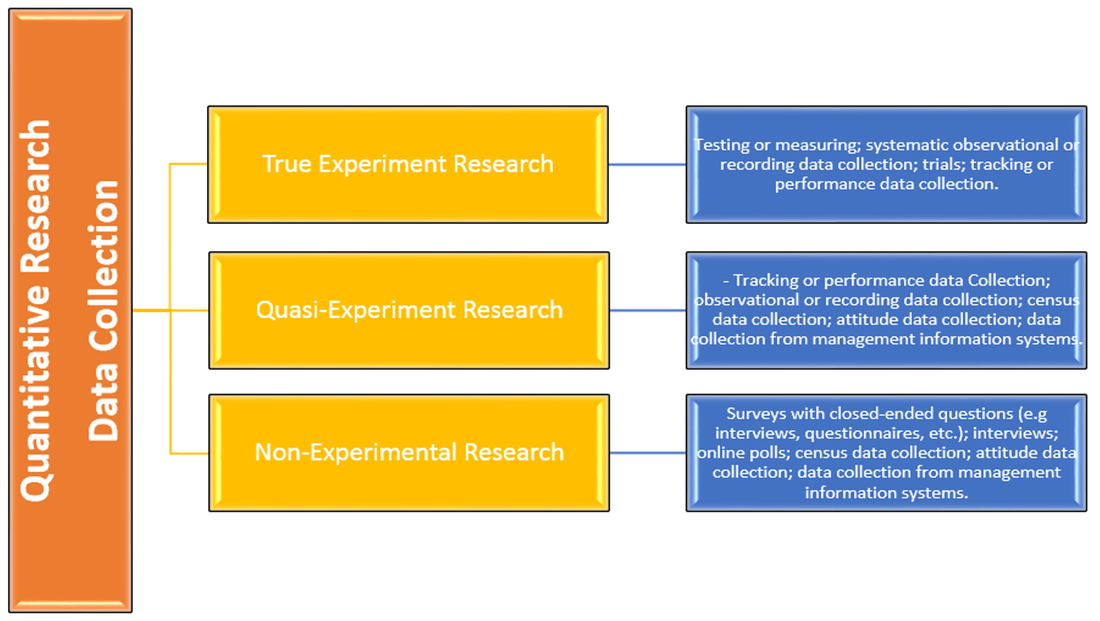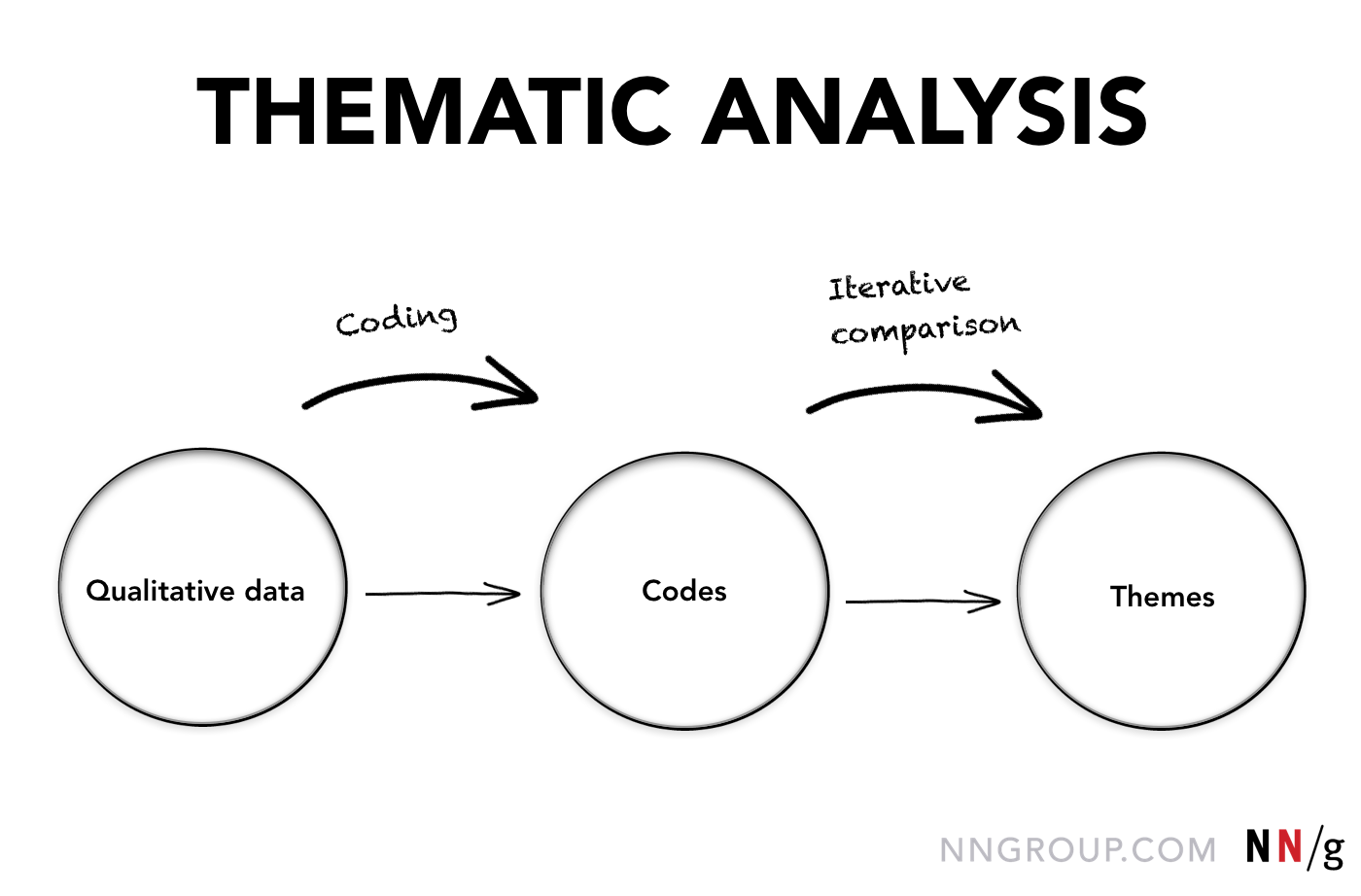

2 In actual practice, however, many quantitative studies involve much inductive reasoning, whereas good qualitative analysis often requires access to a full range of strategies. Generally, inductive reasoning uses the data to generate ideas (hypothesis generating), whereas deductive reasoning begins with the idea and uses the data to confirm or negate the idea (hypothesis testing). Distinguishing inductive from deductive inquiry processes is an important step in identifying what counts as qualitative research. What makes a study qualitative is that it usually relies on inductive reasoning processes to interpret and structure the meanings that can be derived from data. Thus, qualitative researchers are often more concerned about uncovering knowledge about how people think and feel about the circumstances in which they find themselves than they are in making judgements about whether those thoughts and feelings are valid. Although some qualitative researchers operate from a similar philosophical position, most recognise that the relevant reality as far as human experience is concerned is that which takes place in subjective experience, in social context, and in historical time. Quantitative researchers accept that the goal of science is to discover the truths that exist in the world and to use the scientific method as a way to build a more complete understanding of reality. What distinguishes the data in a quantitative study from those generated in a qualitatively designed study is a set of assumptions, principles, and even values about truth and reality. Many quantitative studies include open ended survey questions, semistructured interviews, or other forms of qualitative data. Rather, the term can refer to anything that is not quantitative, or rendered into numerical form. Qualitative data are not the exclusive domain of qualitative research. However, there is no limit to what might possibly constitute a qualitative database, and increasingly we are seeing more and more creative use of such sources as recorded observations (both video and participatory), focus groups, texts and documents, multi-media or public domain sources, policy manuals, photographs, and lay autobiographical accounts. In many qualitative nursing studies, the database consists of interview transcripts from open ended, focused, but exploratory interviews. For example, they may claim that their conceptual categories “emerged” from the data 1-almost as if they left the raw data out overnight and awoke to find that the data analysis fairies had organised the data into a coherent new structure that explained everything! In this EBN notebook, I will try to help readers make sense of some of the assertions that are made about qualitative data analysis so that they can develop a critical eye for when an analytical claim is convincing and when it is not. Furthermore, in describing their processes, some authors use language that accentuates this sense of mystery and magic. It is sometimes difficult to know what the researchers actually did during this phase and to understand how their findings evolved out of the data that were collected or constructed. Understanding these processes is therefore an important aspect not only of doing qualitative research, but also of reading, understanding, and interpreting it.įor readers of qualitative studies, the language of analysis can be confusing. In order to generate findings that transform raw data into new knowledge, a qualitative researcher must engage in active and demanding analytic processes throughout all phases of the research. However, creating a database is not sufficient to conduct a qualitative study.

After all, nurses have always based their clinical practice on learning as much as possible about the people they work with, and detecting commonalities and variations among and between them in order to provide individualised care. For neophyte nurse researchers, many of the data collection strategies involved in a qualitative project may feel familiar and comfortable. Unquestionably, data analysis is the most complex and mysterious of all of the phases of a qualitative project, and the one that receives the least thoughtful discussion in the literature.


 0 kommentar(er)
0 kommentar(er)
